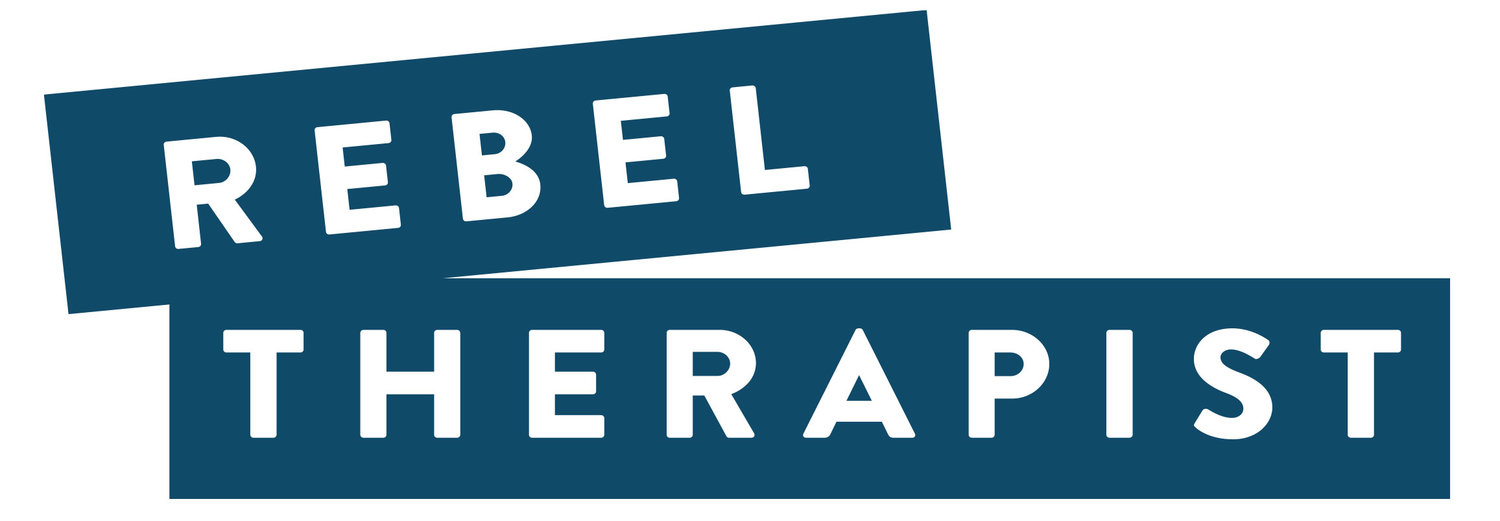I can give you a ton of tools to fill your therapy practice. If you create a good strategy, and work it consistently, you will fill your therapy practice. BUT, none of that will happen if part of you is saying no to filling your practice. Are you all in? You can’t fill your practice when a part of you does not feel ready to bring in new therapy clients.
Mindset really does matter.
Why is it so important?
In this business, what you are offering is YOU. If there is a part of you that doesn’t feel ready to fill your practice, you will unconsciously get in your own way. You’ll sabotage your practice building efforts. You’ll take a little longer to call a potential client back. You’ll sound bland about your work in a networking lunch. You’ll forget to do the next step in your marketing plan.
Here are some questions to clue you in to whether you’re truly ready to take on that next influx of clients:
- Are you feeling overwhelmed in your schedule, so bringing in a new client would make you feel too busy?
- Are you feeling insecure about your skills, so bringing in a new client makes you feel anxious?
- Are you burned out and needing a break, and bringing in a new client would get in the way of that?
- Are you somehow unhappy with the clients your practice is attracting, and you’re worried your next client won’t be a good fit?
Here’s how you want your life to be so that you can happily welcome more clients into your practice:
- You have enough time that a new client in your schedule would not be stressful.
- You are getting all the consultation and ongoing training you need to feel confident in your clinical work.
- You have days off and vacations coming up, and you’ll take those no matter how many clients fill your practice.
- You know who you want to work with, so when clients call, you feel comfortable referring them out if they aren’t the right fit.
Of course taking care of your life in this way doesn’t guarantee the clients will come. You also need a practice building strategy based on your strengths and preferences. If you need help with creating a practice building strategy and following through, apply for a free consultation right now. We’ll talk about both the strategy and the mindset work that will help you build the practice you really want.










